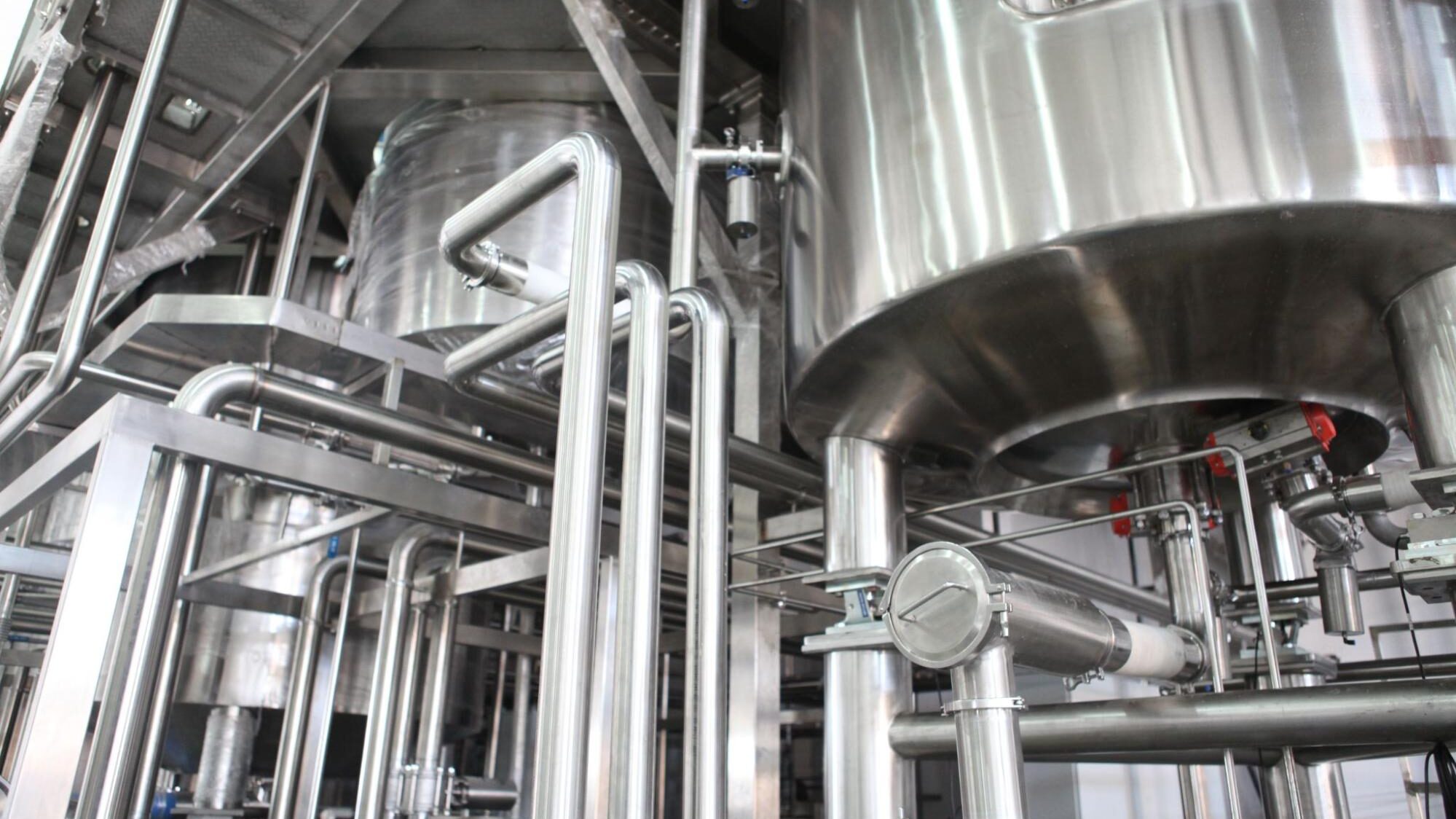Types Of Steel And Their Properties

Types Of Steel And Their Properties
Types Of Steel And Their Properties
Steel is one of the most fantastic building materials out there – nothing rivals it in terms of strength and durability, and the many forms it comes in presents a wide arrange of applications that make it one of the most important metals around.
Steel also boasts a remarkable range of types, each possessing unique properties and applications. From skyscrapers to automobiles, steel’s adaptability makes it a cornerstone of modern infrastructure. But what are all these different types of steel, and where are they best put to use?
Carbon Steel
Carbon steel is primarily composed of iron and carbon, with small amounts of other elements. The carbon content is usually between 0.2% and 2.1%, defining its hardness and tensile strength. These properties make it widely used across various industries.
There are also various types of carbon steel, depending on the amount of carbon present. Low carbon steel, with less than 0.3% carbon, is malleable and ductile, suitable for applications like car bodies and structural components. Medium carbon steel (0.3% to 0.6% carbon) offers increased strength and is used for machinery parts. High carbon steel (0.6% to 1.4% carbon) is hard and wear-resistant, found in cutting tools, blades, and springs.
Carbon steel’s relatively low cost and versatility make it a popular choice for many applications. However, its susceptibility to corrosion requires protective coatings or alloying with other elements to enhance its corrosion resistance.
Stainless Steel
An alloy of iron, carbon, and a minimum of 10.5% chromium, which forms a thin, passive layer of chromium oxide on its surface, stainless steel is highly resistant to corrosion and is therefore a highly popular and widely used type of steel. It’s ideal for applications where exposure to moisture, chemicals, or harsh environments is a concern, which is why you’ll find it present in everything from kitchen utensils through to medical instruments, automotive components, and architectural structures.

Similarly to carbon steel, stainless steel exists in various grades, perhaps too many to mention in a single article. As an example, austenitic stainless steel is non-magnetic and highly corrosion-resistant, making it suitable for food processing and marine environments. Meanwhile, ferritic stainless steel is magnetic and offers good resistance to corrosion, commonly used for household appliances and automotive trims.
Alloy Steel
Alloy steel is a type of steel that combines iron with other elements, such as chromium, manganese, nickel, or molybdenum. It offers enhanced mechanical properties including increased hardness, tensile strength, and wear resistance. It’s used in a range of industries, such as aerospace, construction, and machinery manufacturing. Examples include high-strength low-alloy steel (HSLA) for structural components and tool steel for cutting and shaping tools.
The ability to tailor alloy steel’s properties by varying the composition makes it a versatile choice for demanding applications. Depending on the alloying elements, it can exhibit properties such as high-temperature resistance, excellent impact strength, and improved corrosion resistance.
Tool Steel
As mentioned above, tool steel is a type of alloy steel commonly composed of high amounts of carbon (up to 2%) and other elements such as tungsten, molybdenum, or vanadium. As the name implies, tool steel is specifically designed for manufacturing tools used in cutting, drilling, shaping, and forming materials. It’s exceptionally hard and wear- and heat-resistant, which is crucial for enduring the intense mechanical stresses involved in tooling operations.
Tool steel’s ability to maintain sharp edges and resist deformation at high temperatures makes it a fantastic addition to many manufacturing industries. Different grades of tool steel cater to diverse tooling applications, ensuring the right material is available for each specific task.
Weathering Steel (Or Corten Steel)
Weathering steel, also known as Corten steel, contains small amounts of copper, chromium, nickel, and phosphorus, which give it unique weather-resistant properties. Weathering steel forms a protective rust-like layer when exposed to the elements, acting as a natural barrier against further corrosion of the rest of the steel. Its rustic appearance and amazing weather resistance make it a popular choice for outdoor sculptures, bridges, building facades, and landscape structures.

Unlike many other types of steel, weathering steel requires no painting or surface treatments, reducing maintenance costs and environmental impact. Its ability to blend in with its surroundings, coupled with its durability, has earned it a place in various architectural and artistic projects.
The diverse types of steel boast unique properties and applications, each contributing to the foundation of modern infrastructure and technology. At Australian Steel Traders, we can supply you with all types of steel for any application – whether it be for construction or beyond. Get in touch with us today, or browse our range of products online.
